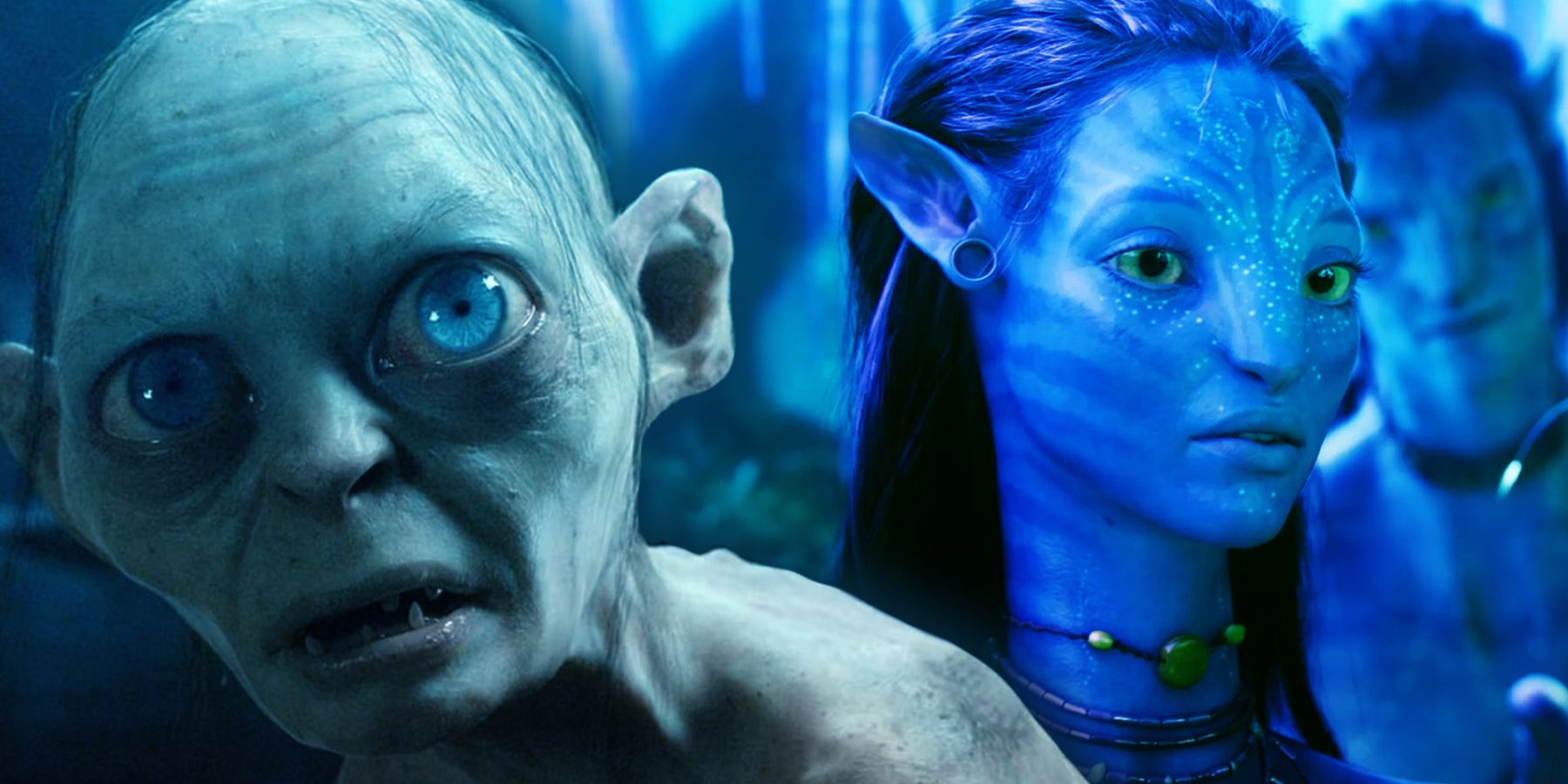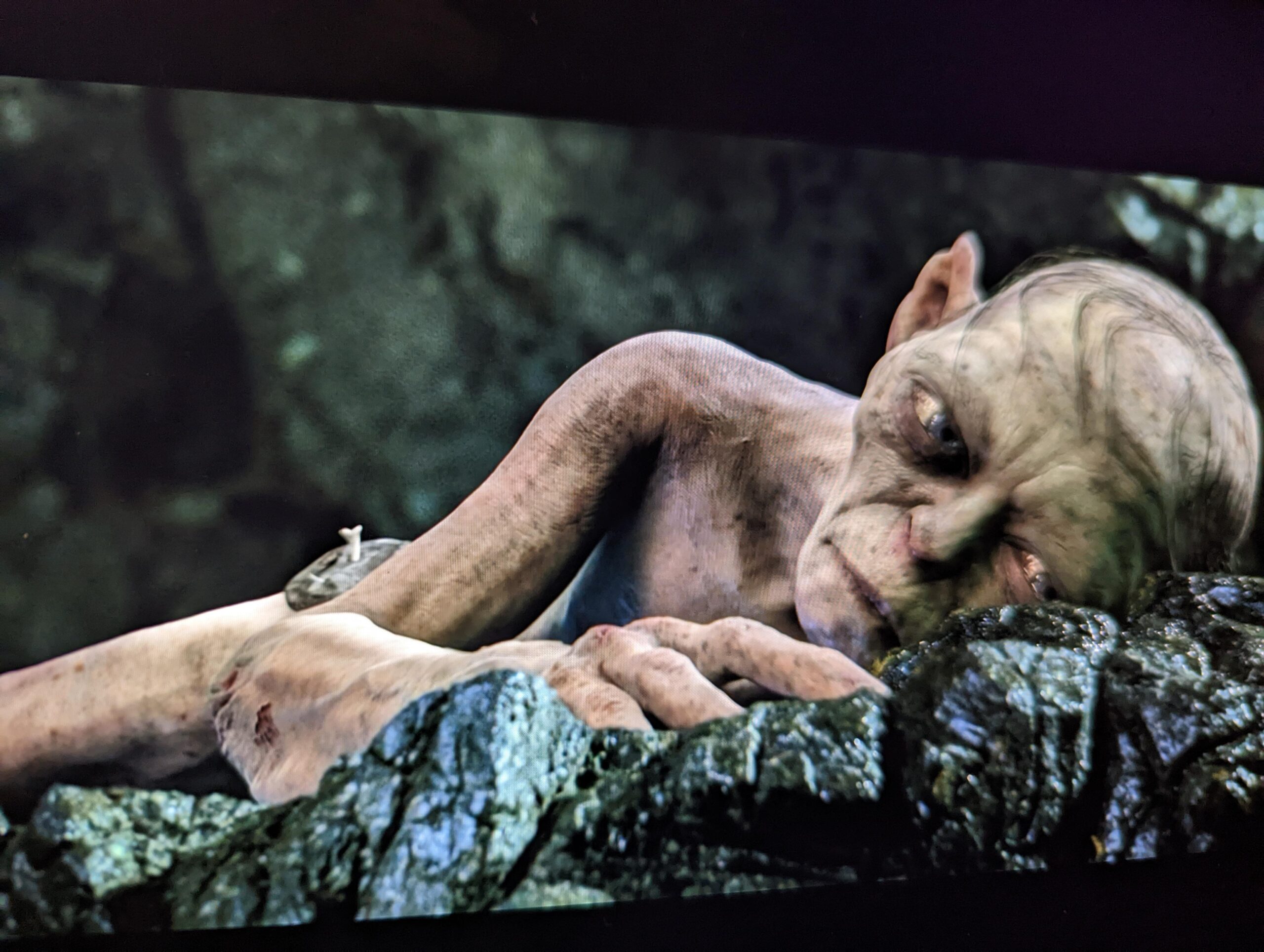The character Gollum from J.R.R. Tolkien’s “The Lord of the Rings” series is one of the most iconic and memorable characters in modern cinema. Gollum, originally known as Sméagol, is a complex and tortured soul whose physical appearance underwent a stunning transformation through the use of visual effects. In this article, we will explore how the character of Gollum was brought to life on the big screen and the impact of the visual effects on his portrayal.
The Creation of Gollum
Gollum was brought to life through a combination of motion capture technology and computer-generated imagery (CGI). Actor Andy Serkis provided the motion capture performance for Gollum, bringing a level of realism and emotion to the character that would not have been possible through traditional animation techniques alone. The team at Weta Digital, led by visual effects supervisor Joe Letteri, worked tirelessly to create a digital version of Gollum that seamlessly integrated Serkis’ performance with the CGI animation.

Before Transformation
Before the transformation with visual effects, Gollum was portrayed as a twisted and emaciated creature with a haunting presence. The physical appearance of Gollum was achieved through a combination of practical makeup effects and prosthetics, but the limitations of these techniques meant that Gollum’s movements and expressions were somewhat restricted. The character lacked the fluidity and expressiveness that would later be achieved through CGI.

Transformation Process
The transformation of Gollum began with Andy Serkis’ motion capture performance, which served as the foundation for the character’s movements and expressions. The team at Weta Digital then used this performance as a reference to create a digital version of Gollum that retained Serkis’ nuanced acting choices while enhancing them with the flexibility and detail that CGI allows. The result was a Gollum that was both realistic and fantastical, with a level of detail and emotion that had never been seen before in a CGI character.

After Transformation
After the transformation with stunning visual effects, Gollum became a fully realized character with a depth and complexity that captivated audiences around the world. The combination of Andy Serkis’ performance and the visual effects work of Weta Digital brought Gollum to life in a way that transcended the limitations of traditional filmmaking techniques. Gollum’s physical appearance was enhanced with intricate details such as his glowing eyes, wiry hair, and weathered skin, creating a character that was both repulsive and sympathetic.

Impact of Visual Effects
The visual effects used to transform Gollum had a profound impact on the character’s portrayal and the overall success of “The Lord of the Rings” films. Gollum’s realistic and emotive performance helped to humanize the character, making him a more relatable and compelling figure for audiences. The visual effects work also set a new standard for CGI characters in film, demonstrating the power of technology to enhance storytelling and bring fantastical worlds to life.

Conclusion
In conclusion, the transformation of Gollum with stunning visual effects represents a milestone in the history of filmmaking. The collaboration between actor Andy Serkis and the visual effects team at Weta Digital resulted in a character that continues to resonate with audiences to this day. Gollum’s journey from a practical makeup creation to a fully realized CGI character showcases the power of visual effects to enhance storytelling and create unforgettable cinematic experiences.





